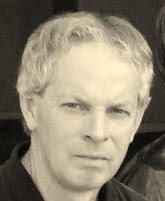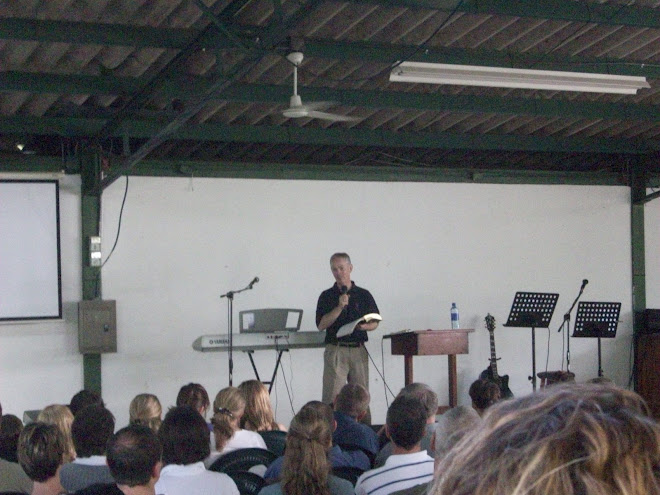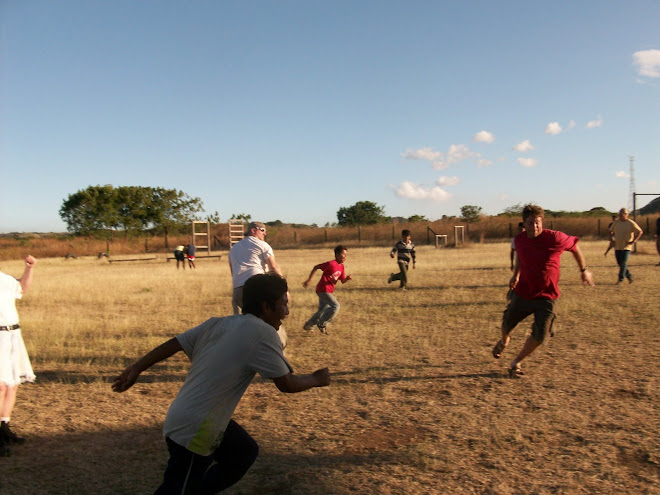
The A.D.A.s ... one of the toughest but most rewarding jobs.
In the last post we looked at an example of those whom comprise the defense bars throughout the country. In this article let us look across the courtroom to those whom sit in the prosecutors' seats.
This spring a new television show premiered on NBC. Titled “Conviction,” this new series is a further edition of the shows created by Dick Wolf, of “Law and Order” fame. “Conviction” attempts to bring to life the duties and struggles of young prosecuting attorneys in New York City. The first time I watched the show it brought back memories of days in the city.
Although arguably not as realistic as the short lived “One Hundred Centre Street” drama about events in the Manhattan Criminal Court (“One Hundred Centre Street” was shot on location in the Manhattan Criminal Court building, thus it most accurately portrayed the ding that is often a hallmark of true New York court experiences), “Conviction” does accurately portray the challenges to young prosecuting attorneys in a fast moving criminal justice system.
It is the role of the prosecutors which I’d like to highlight in this article … in particular those prosecutors who handle the death penalty eligible cases.
At the end of 1990 I left Illinois to do additional study to seek an advanced law degree in litigation at the Emory University School of Law in Atlanta, Georgia. Up until then, I had worked in two prosecutors offices in Illinois. The first one was comprised of the States Attorney (the Illinois term for the elected country prosecuting attorney … often termed “District Attorney” in other jurisdictions), four assistants, and two secretaries. The second one was made up of the States Attorney, five assistants, three secretaries, and a victims rights coordinator. Both offices were the average size for a rural Illinois prosecuting attorneys office.
Then came New York City.
On May 4th, 1992, I walked four blocks from my new apartment to the District Attorney’s Office. I had moved into my apartment the prior weekend, having driven into NYC with a vehicle full of belongings, and doing such on the weekend of the Rodney King riots in Los Angeles. NYC was almost in a “lock-down” mode as I drove into the city, with stores closed and security fences down during the middle of the day on a Saturday … unheard of for NYC. The following Monday, as I walked to my new employer, police and news helicopters were flying overhead and sirens were wailing as the tension of potential riots permeated the air.
Upon entering the building which housed the District Attorney’s offices I took the elevator to the main floor of the DA’s Office. I was greeted by one of the executive DA’s, the one who had initially interviewed me four months previously. He showed me to my new bureau, the “Grey Zone.”
The borough I was to prosecute in had been divided by the office into five geographic zones, color coded. The “Grey Zone” encompassed four police precincts in the heart of the borough. The “Grey Zone” consisted of a Bureau Chief, two Deputy Bureau Chiefs, and thirty-three Assistant District Attorneys.
What I was to learn quickly on my first day was the sheer massiveness of the DA’s Office. Between the overwhelming size of the office, and moving into NYC during all but a “lock-down” mode with the tension of possible riots in the air, all I could wonder was, “My God, what have I got myself into?”
Unlike the offices I had worked at in Illinois, with their handful of employees which could be counted on ten toes … this office employed in May of 1992 approximately six hundred and fifty prosecuting attorneys … in this one office. There were over eleven hundred total employees in the office. The number of DA detectives, paralegals, secretaries, tech employees, and support staff numbered in the hundreds. And all of this was merely in this one office, covering one borough. City wide there were over 2,000 attorneys working as prosecuting attorneys in the five boroughs which comprise New York City. The 650 in the office I was joining comprised almost one-third of the city wide number of prosecuting attorneys.
Imagine yourself going from an office of six attorneys, to an office of six hundred and fifty attorneys ….
The number of prosecutors reflected the crime rate per borough. In 1992 there were over 2,100 murders in the five boroughs on New York City. Of those, 750 were in the borough I was going to be working in. In 1992, in one police precinct in the borough I was in, a police precinct which geographically was comprised of only one square mile, there were 125 murders.
To handle the immense number of crimes in our borough, besides the five color coded trial zones which I mentioned above, the six hundred and fifty prosecutors in the office might be assigned to one of the following bureaus: Homicide Bureau, Sexual Assault Bureau, Narcotics, Gangs, Domestic Violence, Investigations, Grand Jury, Early Case Assessment Bureau, Crimes Against Children Bureau, and various smaller bureaus and units.
What was most striking about zone Assistant District Attorneys was their age. The average age in the entire office among NYC prosecutors was twenty-seven years of age. The average new ADA would have just graduated from law school, would work three years in a DA’s office, and then would go to work in civil law after having gained some courtroom experience.
Usually the new ADA would be entering a job which began at a comparatively low pay scale (compared to corporate law in the city) and would be burdened by their newly acquired law school debts (with law school costing $30,000 to $40,000 per year) on top of their still lingering and as of yet untouched college debts. Thus, the average new ADA had little money to spare. But, despite the low pay for new ADAs and the overwhelming debt, they worked their tails off. In by 8.30 each morning, one normally wouldn’t leave the office until into the evening, and would be in one or two of the weekend days. If one was on trial the hours grew.
Within the office is the Homicide Bureau. The Homicide Bureau consisted of an executive District Attorney, a Bureau Chief, three Deputy Bureau Chiefs, ten Senior Assistant District Attorneys, seven detectives, five paralegals, and three secretaries. The Homicide Bureau prosecutedthe Murder One cases (cases in which the defendant was eligible for the death penalty), and the Murder Two cases which were receiving a high degree of media attention. The "every day" non -death penalty eligible case were tried by the assistants in the trial zones.
Homicide Bureau prosecutors were chosen to be a member of the bureau due to their litigation experience and trial skills. The executive District Attorney over the Homicide Bureau, Barry Schreiber, was one of the two most skilled, effective courtroom trial attorneys I had ever seen (the other being Bobby Lee Cook.) Gifted with a brilliant legal mind which could cut to the quick of the issues in each upcoming trial, blessed with a silk tongue in front of a jury, able to move and touch each jury he talked with, and the very face of honesty and integrity, Barry Schreiber was a master of the courtroom. He expected each of his Homicide Bureau assistants to work just as hard.
A Homicide Bureau prosecutor on trial on a murder case would generally be supported throughout the trial by the following personal: a junior assistant district attorney “second seating” the trial, a paralegal, two DA Office’s Homicide Bureau detectives, two extremely experienced detectives from the borough’s New York City Police Department’s Homicide Unit, two case detective from the precinct of the New York City Police Department in which the murder occurred, and quite often a law school intern. Thus a Senior Assistant District Attorney from the Homicide Bureau on trial for Murder One or high profile Murder Two cases would often have nine individuals doing supportive work throughout the trial.
While the experience and skills as a trial attorney was an important qualification for one to be a member of the Homicide Bureau and to prosecute death penalty eligible cases … those were not the most important and crucial traits for a death penalty prosecutor to possess. The most important and crucial trait for one assigned to prosecute a death penalty eligible case was honesty. A high degree of ethics. A standard that seeking the truth and obtaining the result that was just … that is, that the right person was convicted and the right penalty was sought … not merely obtaining a conviction or striving for vengeance … this was the gold standard of a death penalty eligible prosecutor.
What I found, among the prosecutors within the Homicide Bureau in our borough's District Attorney's Office, was that each of them cared deeply that an innocent person was not convicted, nor that a mistake be made.
Contrary to some images, none of them were out to hang scalps on their walls.
Fairness, and making sure that the right person was convicted were the prime concerns.
This factor … a concern that the innocent were not convicted, and that there was no doubt in the mind of the prosecutor that they were placing on trial someone who truly deserved to be tried based upon the evidence … this factor is crucial in looking at the death penalty.
In our next post, we’ll look inside a large city prosecutor’s office at what happens when a call comes from a precinct that a potential murder one killing has just occurred and you are the Homicide Bureau ADA on duty ….
Stan









